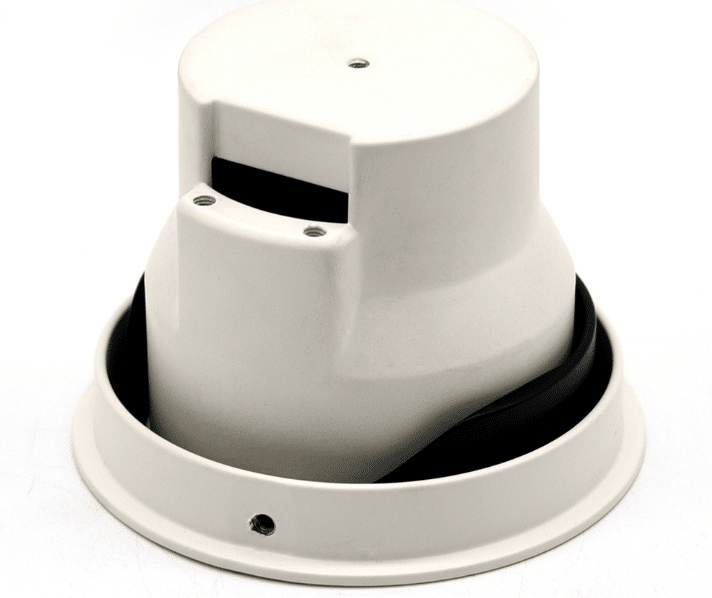Die casting light housing is common way for making light housing. However, there are other ways, and different materials to make light housing have differet features, here we round up some for you:
- Polycarbonate: This is a durable material that is high impact resistant and lightweight, making it a popular choice for light housing. It is also scratch-resistant and UV-resistant, which means it won’t fade or turn yellow over time.
- Acrylic: This is another lightweight material that is also known for its clarity, making it ideal for light housing. However, it is not as durable as polycarbonate and may crack or scratch easily.
- Aluminum: This material is strong and lightweight, making it ideal for light housings that need to withstand harsh weather conditions. It is also corrosion-resistant, which means it won’t rust over time.
- Steel: This material is durable and resistant to impact, making it ideal for light housings that need to withstand heavy use. It is also resistant to corrosion and rust, which means it can be used in outdoor environments.
- Glass: This is a classic material for light housings, known for its clarity and ability to refract light. However, it is fragile and can shatter easily, which means it is not suitable for high-impact applications.
Die casting light housing
Die casting light housing is a process of manufacturing light housings using the die-casting method. It involves the injection of molten metal into a mold or die, which is then cooled and solidified to produce the desired shape and design of the light housing.
Typically, die casting light housings are made from aluminum or zinc alloys, as these metals are ideal for casting due to their high strength, durability, and corrosion resistance. The die casting process allows for the production of intricate and complex light housing designs with a high level of consistency, accuracy, and repeatability.
Die casting light housings can be used in a wide range of applications, from commercial and industrial lighting to residential and outdoor lighting. They are used to house and protect lighting components, such as LED bulbs, wiring, and circuit boards, and to provide heat dissipation and thermal management for optimal lighting performance and longevity.
There are several techniques for surface treatment of light housing, including:
Powder coating: A dry powder is applied to the surface of the light housing and then melted and fused onto it using heat. This provides a durable and attractive finish.
Anodizing: A thin layer of oxide is formed on the surface of the light housing through a chemical reaction, providing a scratch-resistant and corrosion-resistant finish.
Plating: A thin layer of metal is applied to the surface of the light housing through electroplating, providing a decorative finish and also improving its resistance to wear and corrosion.
Painting: A layer of paint is applied to the surface of the light housing, providing a decorative finish and also protecting it against corrosion and weathering.
Polishing: The surface of the light housing is polished using abrasives or other techniques, providing a shiny and smooth finish.

